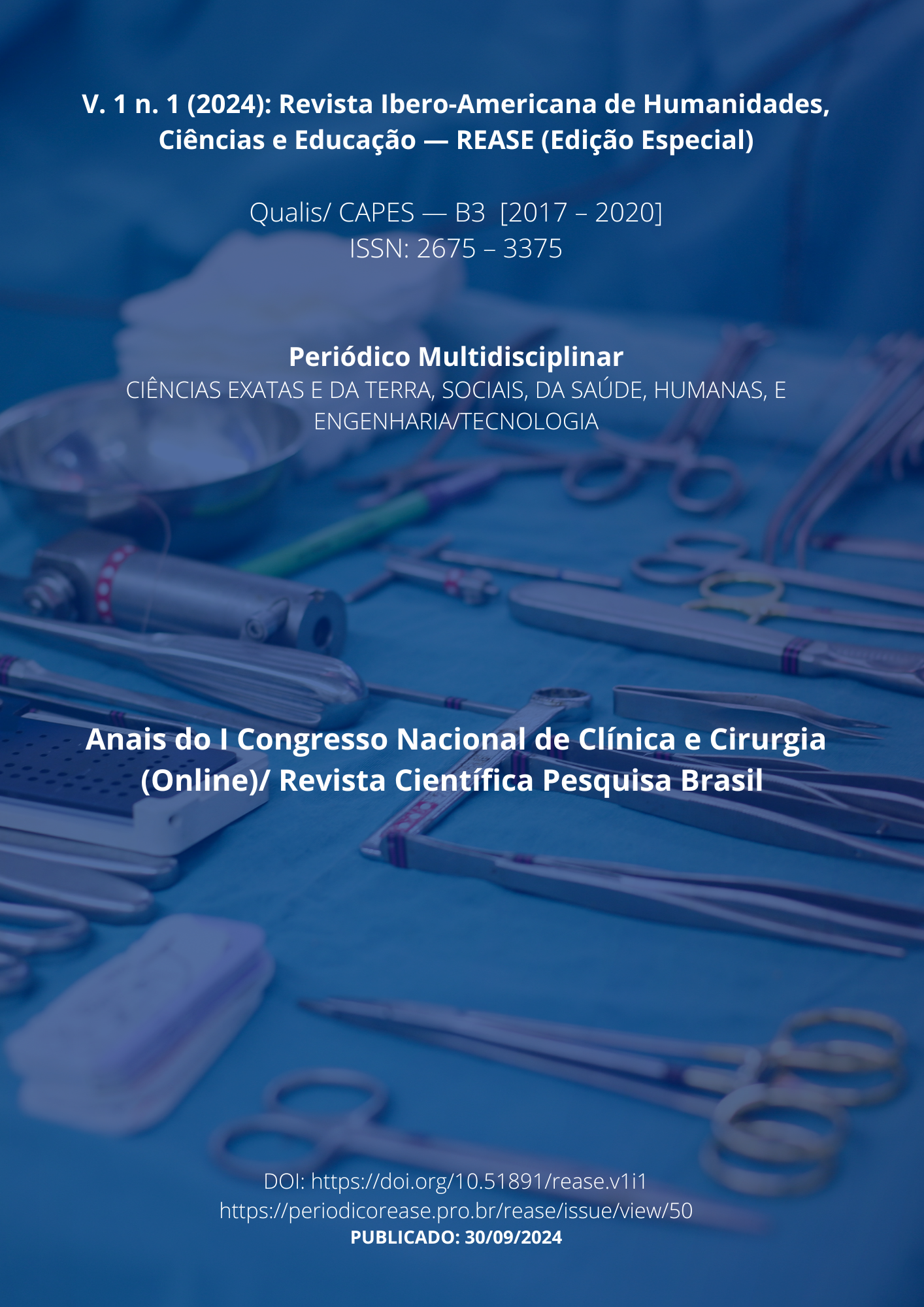MULTIMODAL APPROACHES TO CHRONIC PAIN MANAGEMENT: AN INTEGRATIVE REVIEW OF CURRENT STRATEGIES
DOI:
https://doi.org/10.51891/rease.v1i01.15995Keywords:
Chronic pain. Multimodal approaches. Pain management.Abstract
Chronic pain affects millions of people worldwide, negatively impacting patients’ quality of life and functionality. Managing this condition represents a major challenge due to its complexity, involving biological, psychological, and social factors. Multimodal approaches, which combine different therapies, such as pharmacological, psychological, and physical, have gained prominence as a more effective strategy for controlling chronic pain. Objective: This integrative review aims to analyze the available evidence on multimodal strategies in the management of chronic pain, focusing on the effectiveness of combined interventions compared to monotherapeutic approaches. Methodology: The search was conducted in the PubMed, Scopus, and Cochrane databases, covering studies published between 2010 and 2023. Randomized controlled trials, cohort studies, and systematic reviews that addressed the application of multimodal interventions in the treatment of chronic pain, such as the combined use of medications, physical therapy, psychological therapies, and technological interventions, were included. After initial screening, 40 studies were selected for detailed analysis. Results and Discussion: The results indicate that multimodal approaches are superior to isolated therapies, both in reducing pain intensity and in improving patients’ functionality and quality of life. Strategies that combine the use of analgesics with cognitive-behavioral therapies and physical exercises have shown greater efficacy in controlling chronic musculoskeletal pain, such as low back pain. In addition, technological interventions, such as digital cognitive-behavioral therapy and nerve stimulation devices, have shown to be effective as part of an integrated treatment. However, barriers related to treatment adherence, cost, and the need for individualization of approaches still persist as challenges in the implementation of these strategies. Conclusion: Chronic pain management benefits significantly from multimodal approaches, which combine pharmacological, physical, and psychological interventions. These strategies not only promote better pain control, but also improve patients’ quality of life and functionality. However, treatment adherence and personalization remain critical aspects that need to be addressed in future research and clinical practice.
Downloads
Downloads
Published
How to Cite
Issue
Section
Categories
License
Atribuição CC BY

